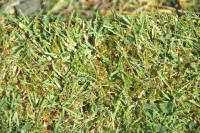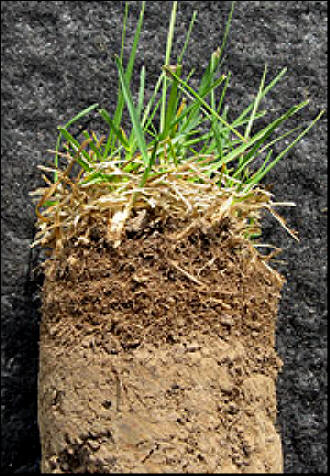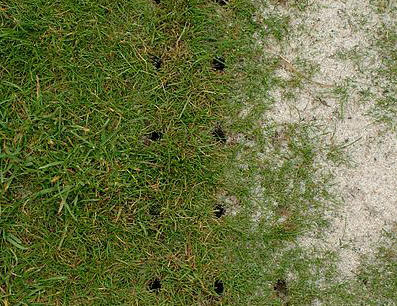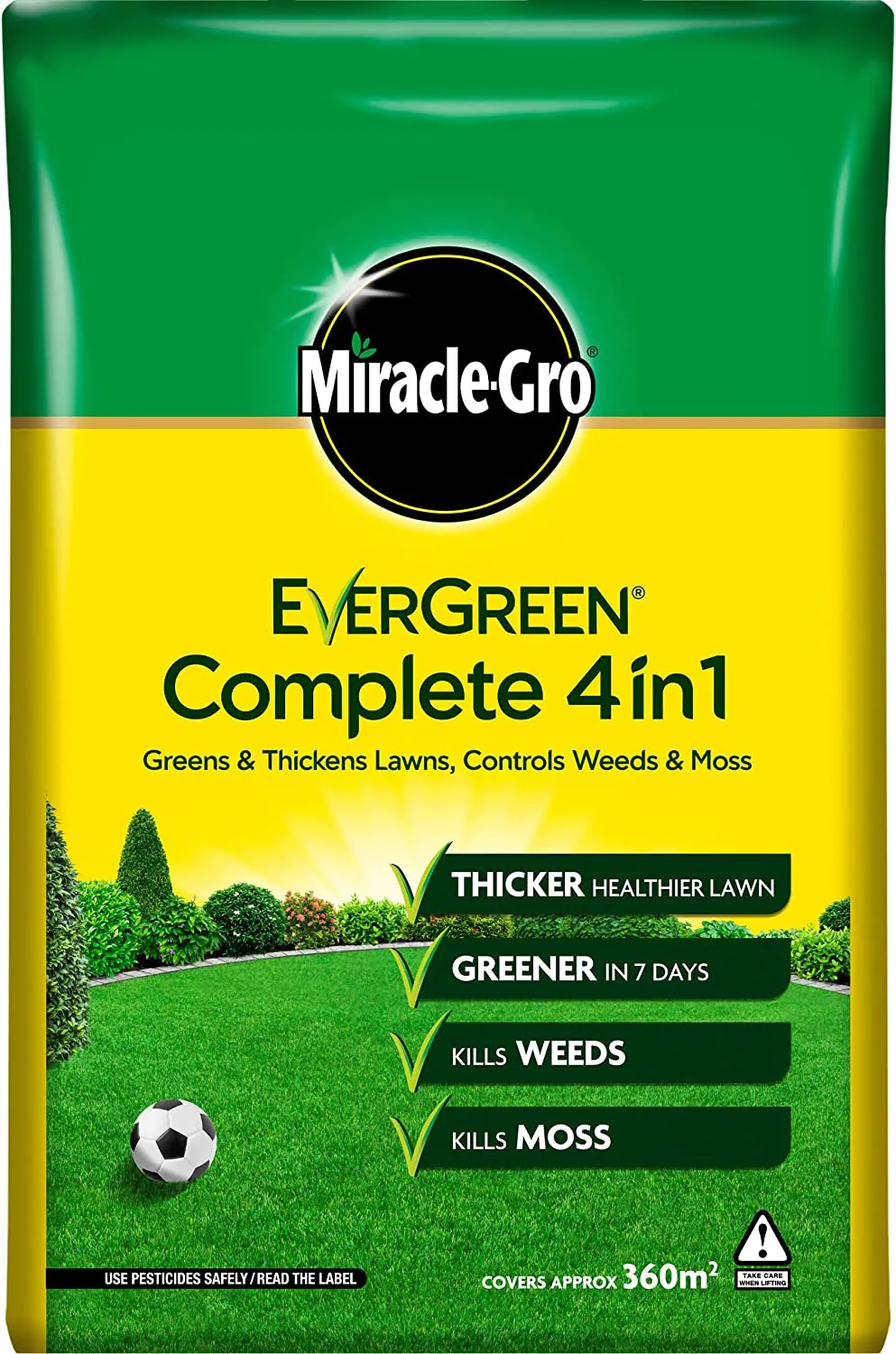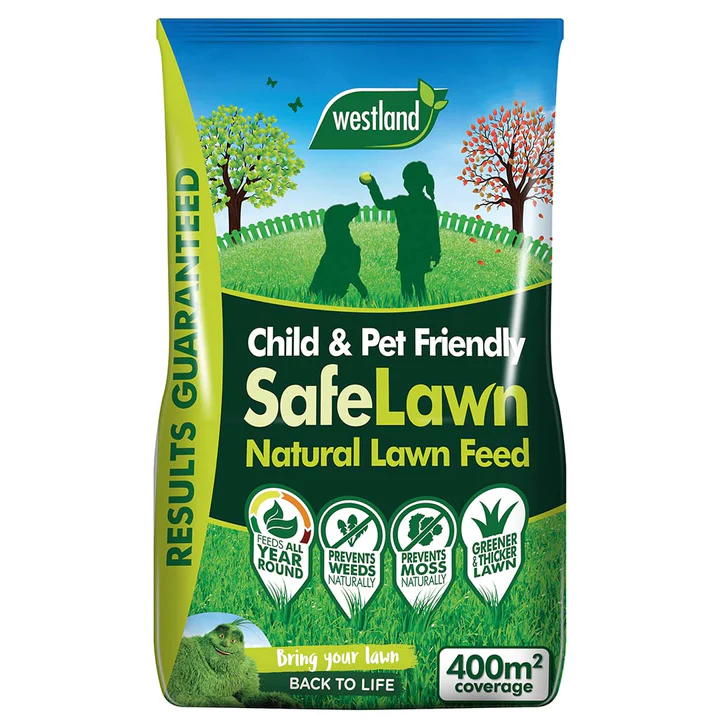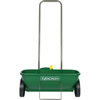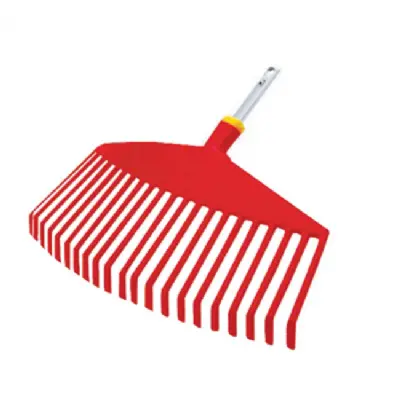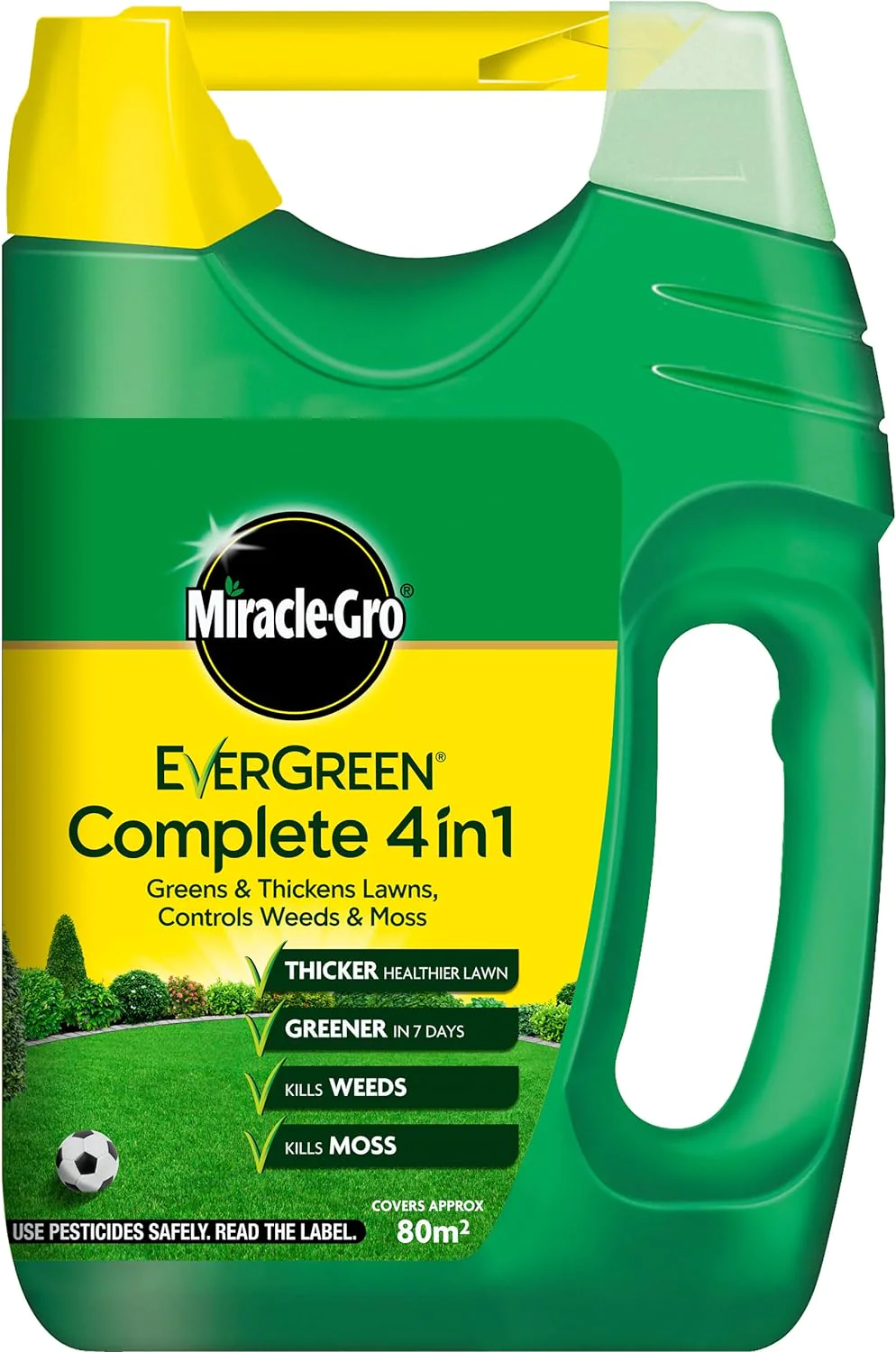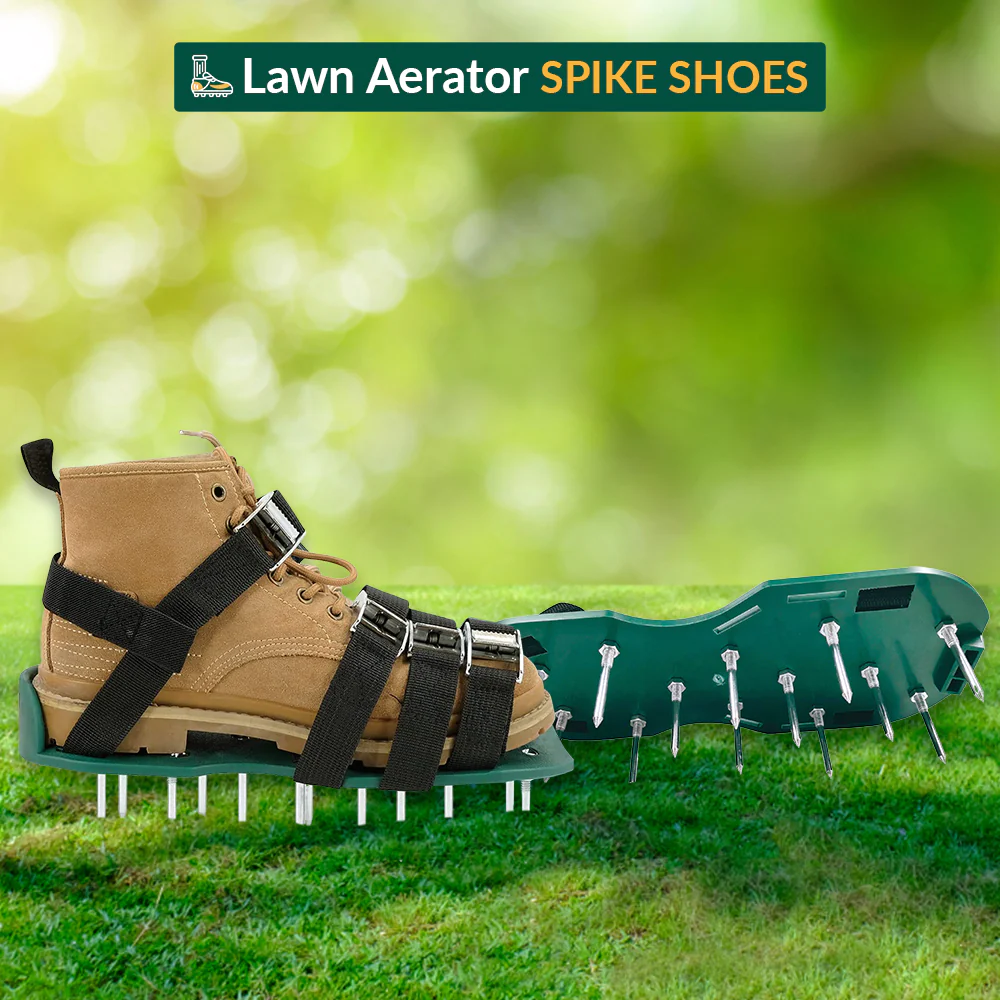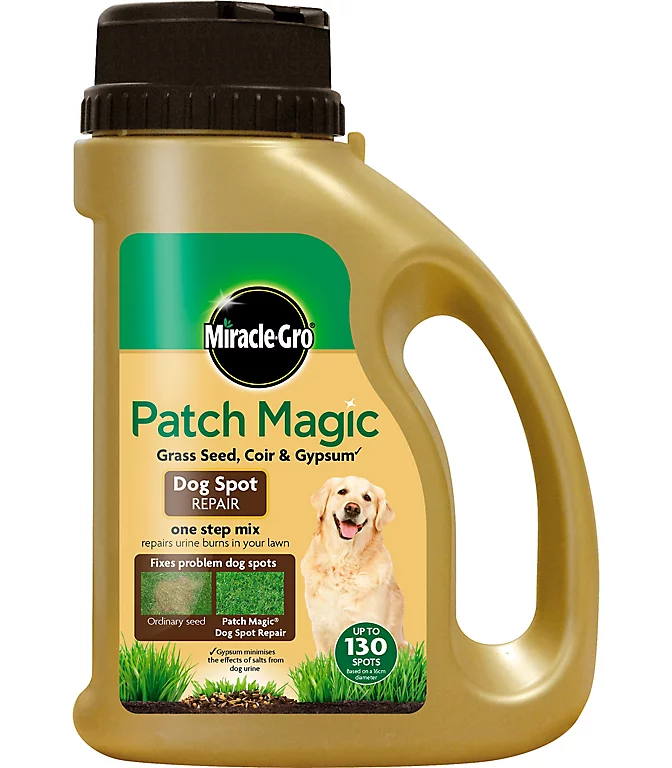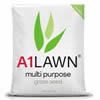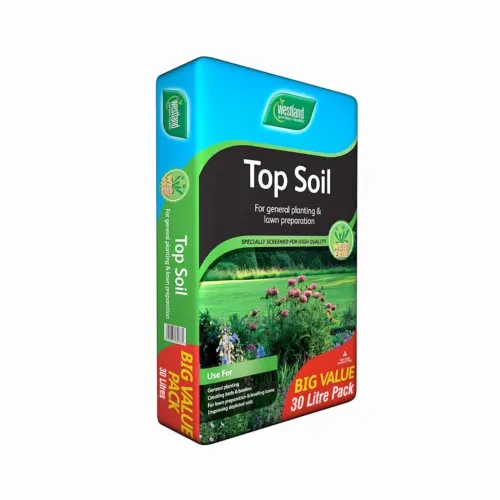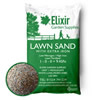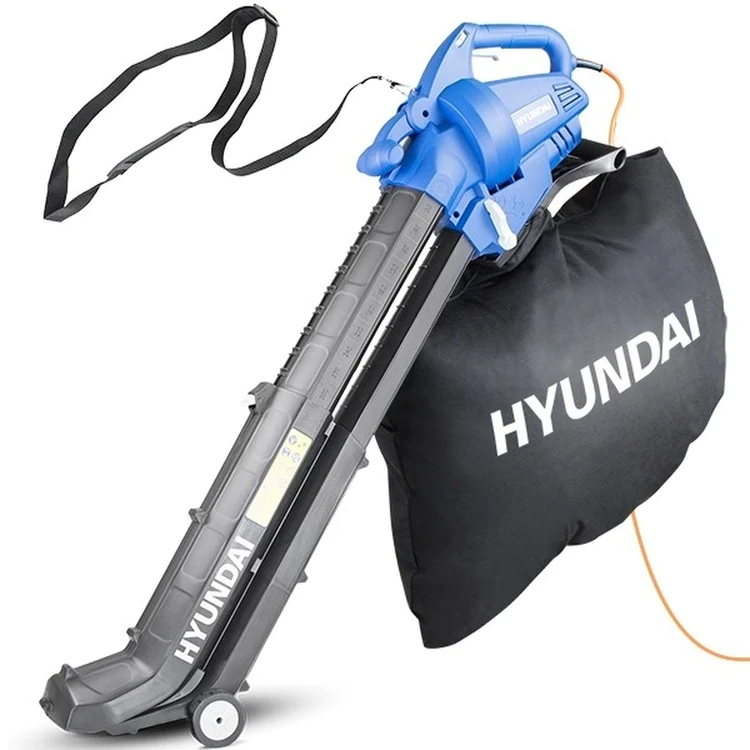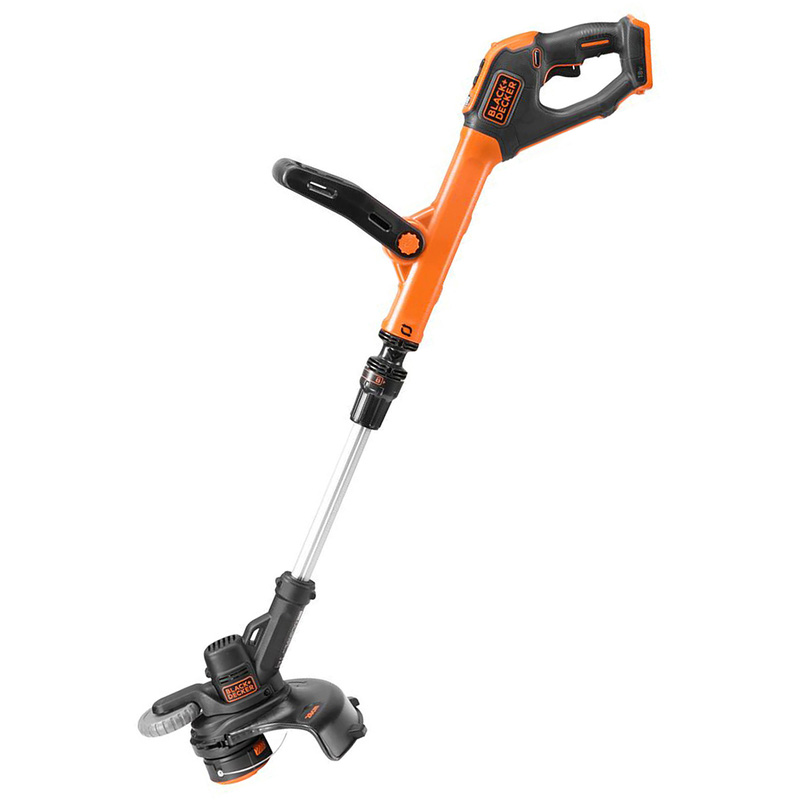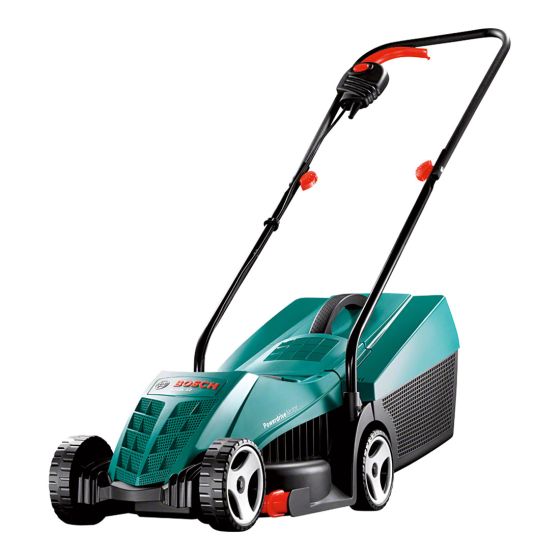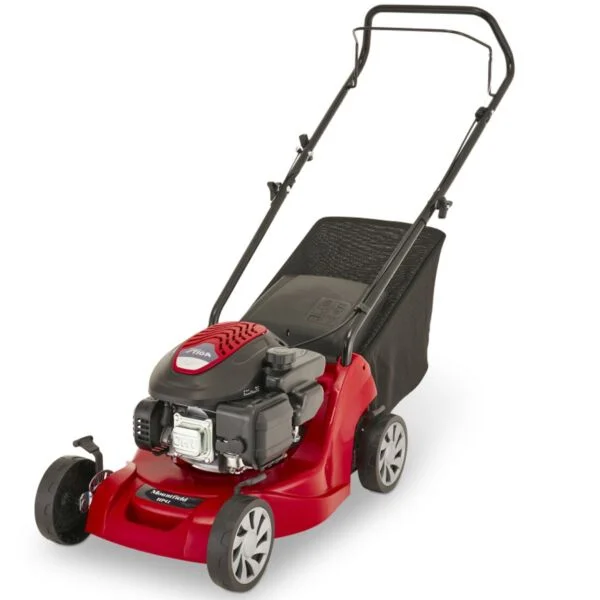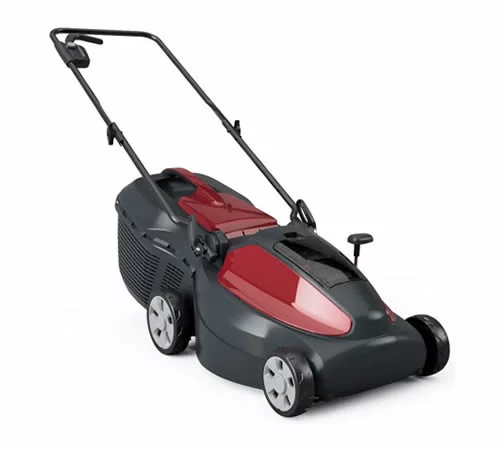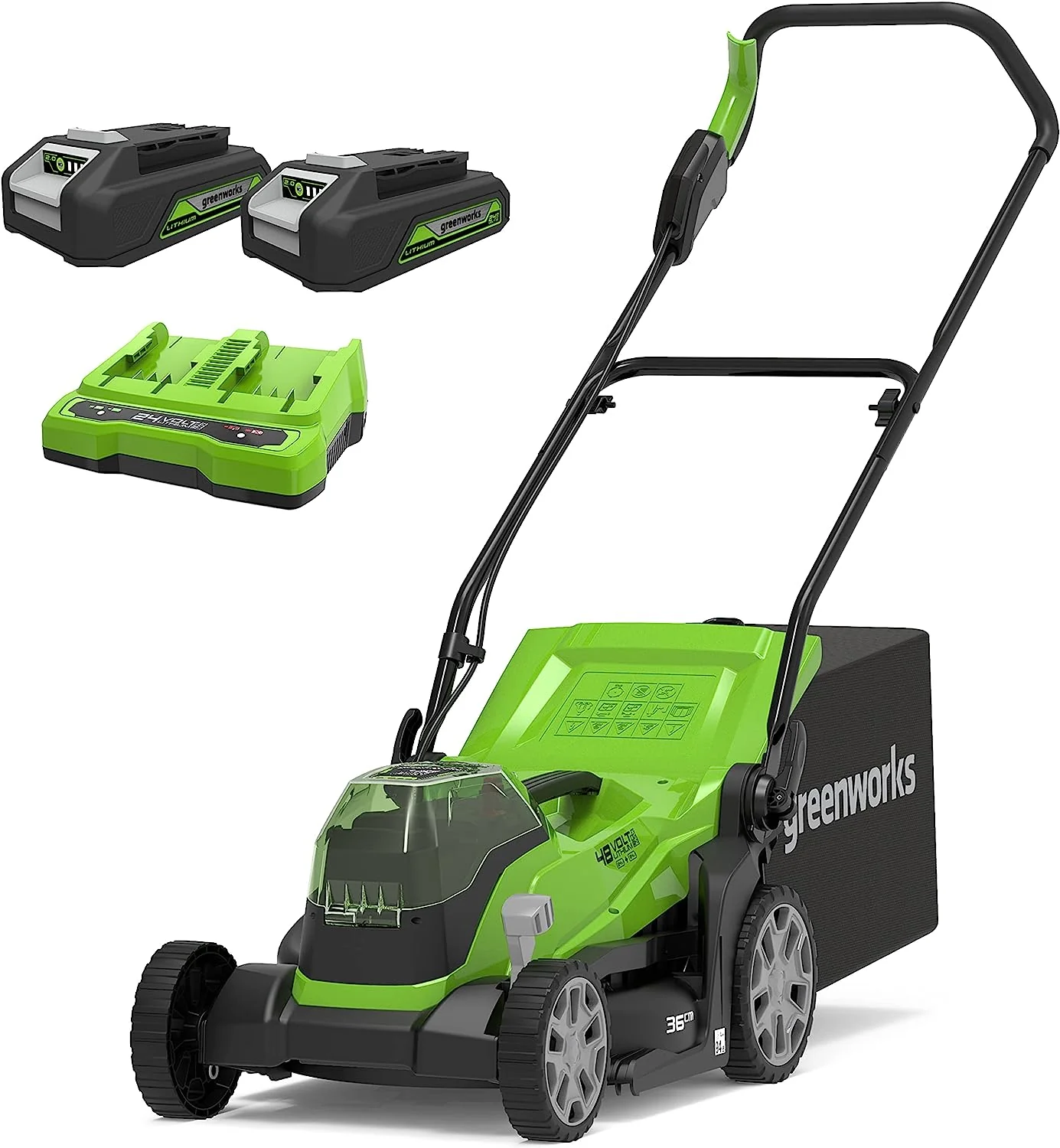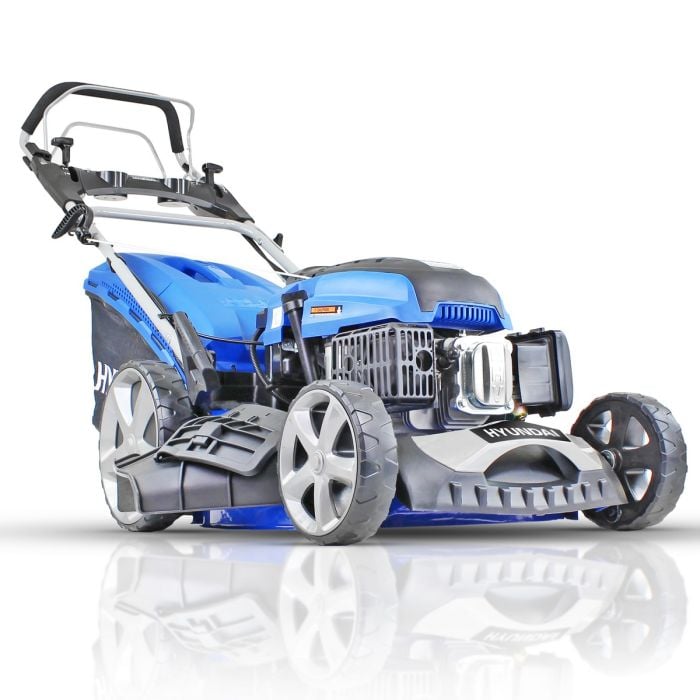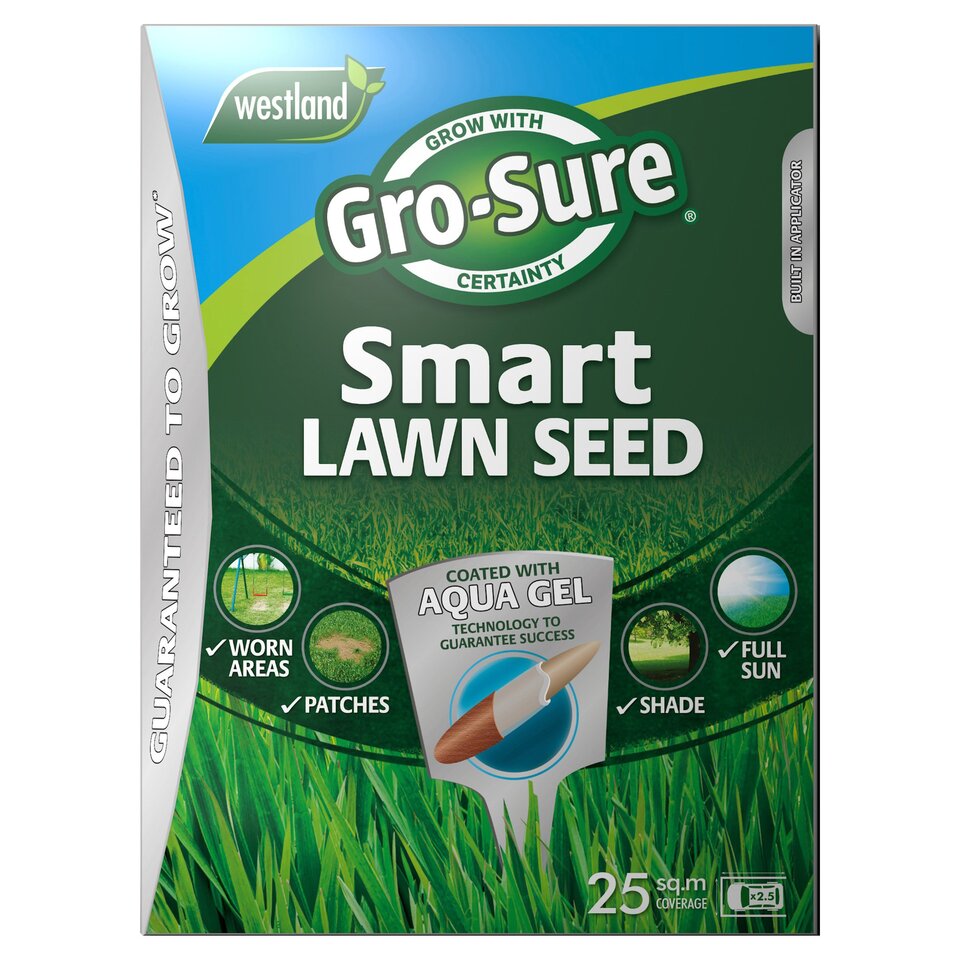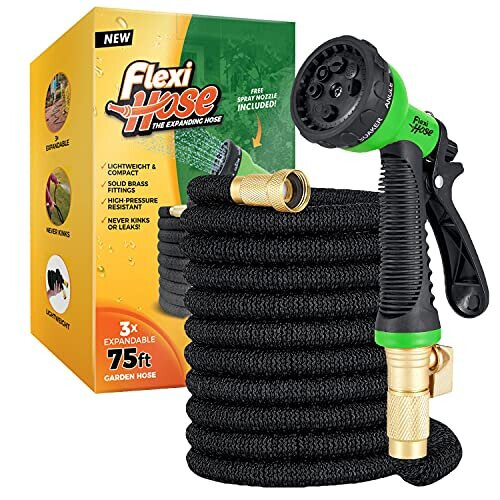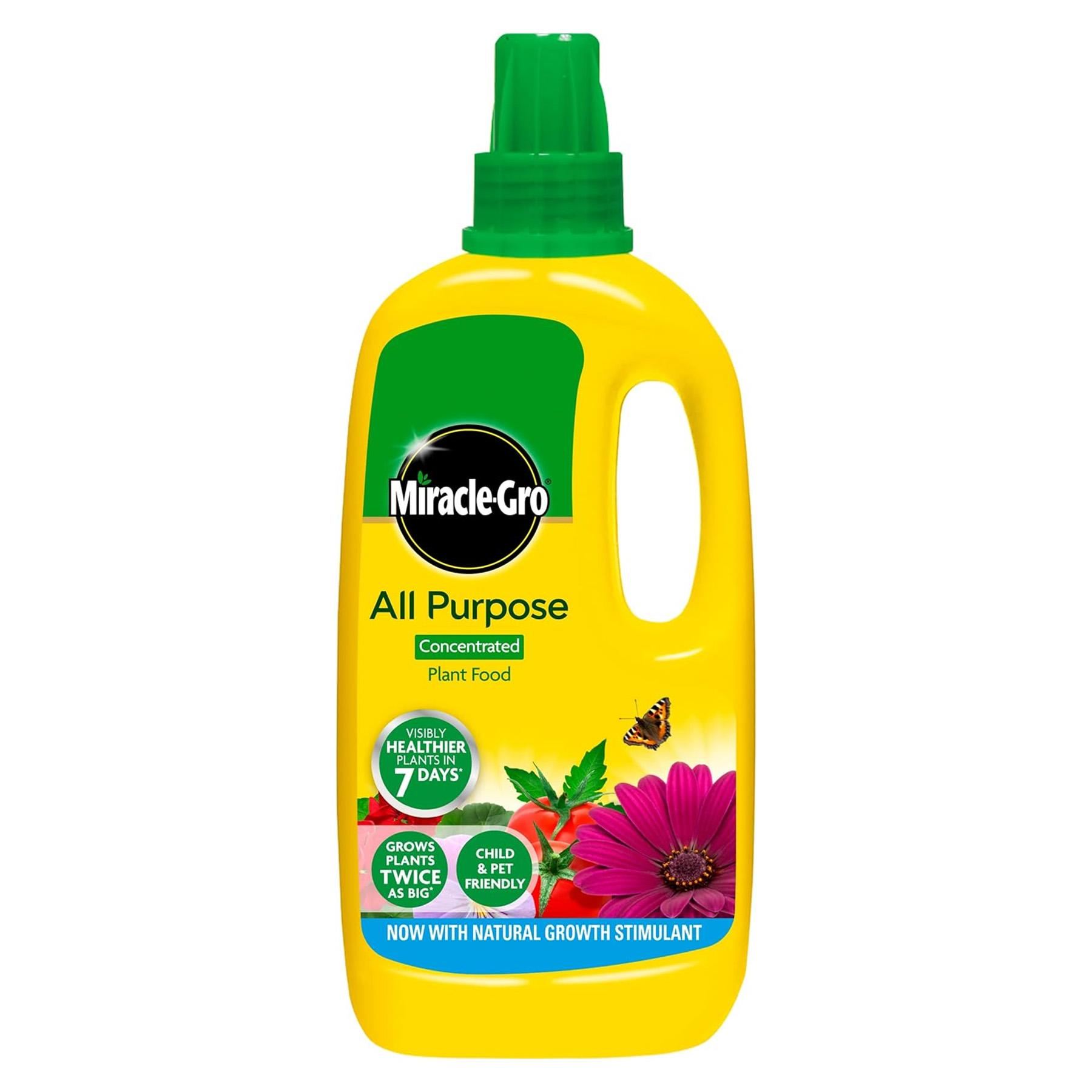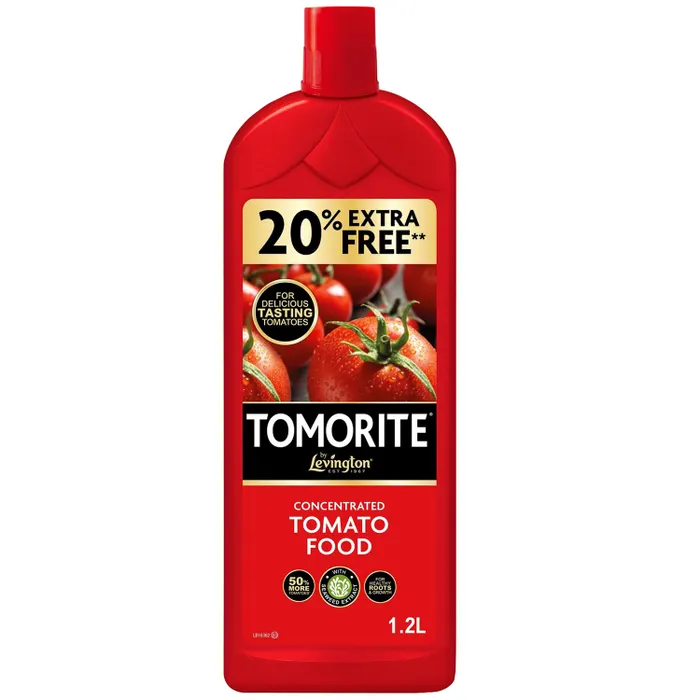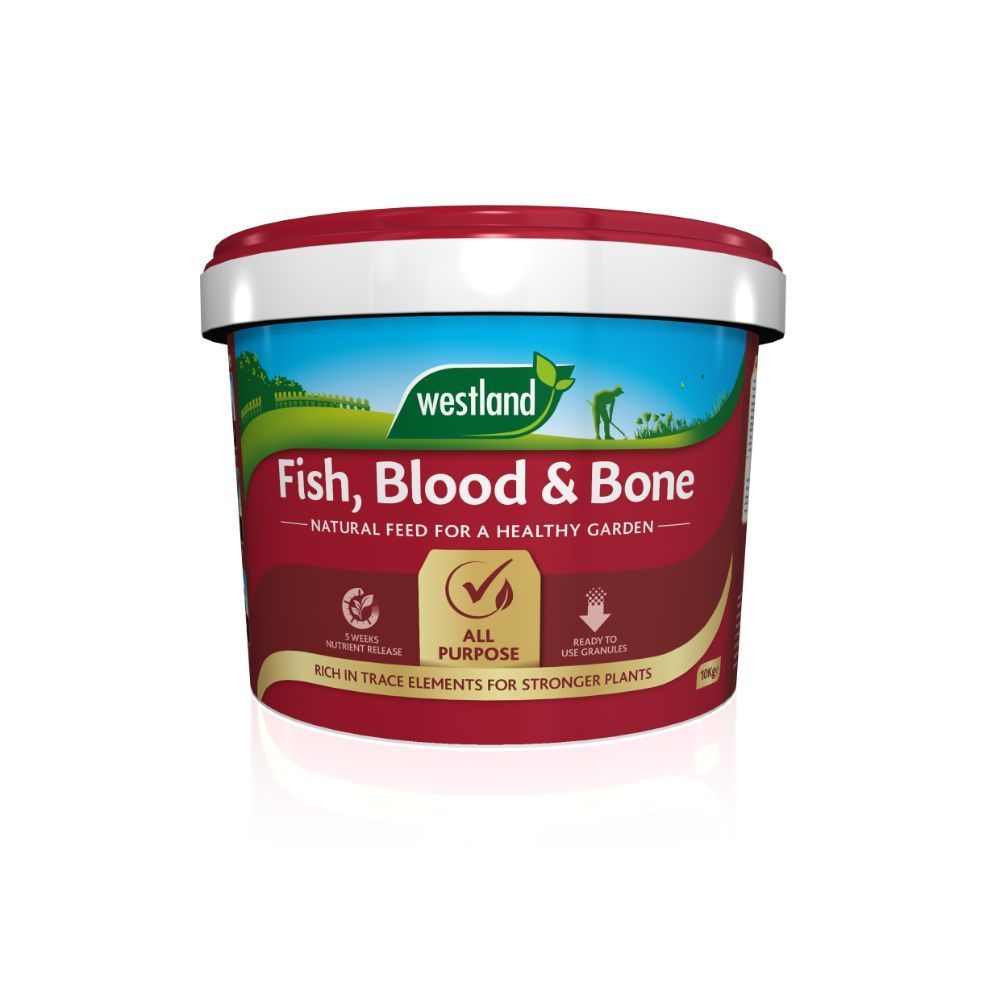As the vibrant hues of fall take over, it's crucial not just to admire the beauty but also to give your lawn the attention it deserves. Preparing your lawn for the colder months ahead is essential for ensuring a lush, healthy rebirth in spring. Here's a comprehensive guide to best practices for autumn lawn care and maintenance.
Preparing the Soil
Before any seeds touch the ground, preparing your soil is key. Start by testing your soil's pH to understand what nutrients it may lack. Adjusting the pH can help your grass absorb nutrients more efficiently. Remove any debris, leaves, or thatch that might prevent seeds from making contact with the soil. This can also improve air and water flow to your lawn's roots.
Overseeding
Overseeding is crucial for filling in bare spots and enhancing the density of your lawn. Choose a seed mix that matches your current lawn type or one that's specifically designed for your region's climate. The best time to overseed is when your lawn is still growing, allowing the seedlings to establish before the cold sets in. Ensure even distribution and gently rake the seeds into the top layer of soil to promote optimal contact.
Fall Aeration
Aeration should be a non-negotiable part of your autumn lawn care routine. It involves creating small holes in the soil to allow air, water, and nutrients to penetrate the grass roots. This process helps relieve soil compaction, enhances root growth, and improves drainage. For best results, use a core aerator that removes plugs of soil rather than simply poking holes. Aerating before overseeding can also increase the success rate of germination.
Fertilization
Choosing the right fertilizer is critical for autumn care. Look for a fertilizer that's high in potassium to strengthen your lawn's resistance against cold and disease. The exact formulation you need may vary depending on your soil test results and grass type. Apply fertilizer after aerating to ensure that the nutrients reach deeper into the soil. Remember, the goal is to feed your lawn one last time before it goes dormant for the winter.
Managing Cooling Temperatures
As temperatures drop, your lawn's growth will slow down. This doesn't mean your work is done, though. Continue to mow your lawn at its recommended height until growth stops. Mowing too short can stress the grass, making it more susceptible to winter damage. Conversely, leaving it too long can lead to matting and fungal diseases.
Preventative Measures
To avoid common pitfalls, keep these preventative measures in mind:
-
- Rake regularly to prevent leaves from matting and suffocating the grass.
-
- Keep watering your lawn as needed until the ground freezes. Grass roots are still active and need moisture to prepare for winter.
-
- Monitor for pests and diseases and address any issues promptly to prevent them from overwintering in your lawn.
Autumn Lawn Care Checklist
-
- [ ] Test soil pH and adjust if necessary.
-
- [ ] Rake and remove debris to clean the lawn.
-
- [ ] Aerate the soil to improve air, water, and nutrient flow.
-
- [ ] Overseed to fill in bare spots and improve lawn density.
-
- [ ] Apply a potassium-rich fertilizer to strengthen the lawn for winter.
-
- [ ] Continue to mow at the recommended height until growth ceases.
-
- [ ] Water the lawn as needed until the ground freezes.
-
- [ ] Regularly inspect for pests and diseases.
By following these steps, you're setting your lawn up for success through the winter and into the spring. Autumn lawn care is about preparation and maintenance, ensuring that when the snow melts, your lawn emerges healthy, green, and ready to grow.
Autumn is the time to do the things that really matter if you want that
superb green lawn that will be the envy of neighbours next year.
The great thing is, that unlike mowing - these care things only have
to be done once. OK maybe twice!
Only if your lawn has looked a bit yellow and generally sickly over the
past few months, should you bother about feeding it at this time of year. If
you do, then it MUST be an
autumn lawn feed. The feed you used in
spring and summer is not suitable, for it will have too great a Nitrogen
content.
This will lead to over-lush growth, which is not desirable at this
time of year. It will weaken the grass and leave it prone to all sorts of
turf diseases. You can actually care for your lawn too much at this time!
Autumn lawn care jobs include
-
Keeping worm casts under control - Easy to do without killing the
worms!
-
Moss-kill - This is a good time to be doing this - and thinking about
positive action to prevent moss happening in the first place
-
Scarifying - A great way to keep fit - but not if you have a weak back
- and this is the time of year to do it.
-
Aerating the Lawn - Lawn aeration goes
a long way to providing you with a good strong healthy lawn.
-
Over-seeding - Bare patches are easily dealt with, and this can be
achieved when you carry out
top-dressing as well
-
General repairs - including
the edging of the lawn.
-
Creating a bit more lawn - maybe.
That's about all I can think of at the moment. Think positive, the
maintenance tasks mentioned above are going to save you a small fortune in
Gym fees! And just think how motivating it is to know that your lawn will be
so much better next year than this after this care and maintenance. A
downside is, that neighbours and friends will ask for your assistance next
autumn when they need to care for their lawns, for you will be THE lawn
expert of the neighbourhood!
Worms - and their worm casts - on the lawn, are a pest - especially in
autumn. They are not even the friendly worms that we welcome in other parts
of the garden and are an essential part of the autumn care and maintenance
programme. The type of worms that make worm casts in the grass, are not good
aerators of soil, and they do NOT help drainage! There are no chemicals that
are allowed for killing them - so just keep brushing off the worm casts as
they appear. (So many writers and gardening broadcasters extol the virtue of
using the worm casts as soil for sowing seeds. Can you imagine how many worm
casts would need to be 'collected' to fill a seed tray with what is
basically mud! Forget it. For when this cast soil is dry it will set like
rock, and when it is moist it will resemble porridge - without the oats!)
Get round to analyzing your lawn this autumn.
Does your lawn have moss, is there a build-up of thatch, just a bit bare,
or perhaps just a bit thin in places? Whatever, we are going to go through
the whole Autumn Lawn care maintenance programme.
First things first. If there is moss, then apply a moss-killer to kill
the moss that is there. However, it will return unless you also find out the
basic cause of the moss!
Two weeks after you have used the moss-kill, the lawn will be ready to
scarify. This is an important aspect of autumn lawn care. You can do this
with a rake and back power (will-power will also be a great asset for this
operation. If you have any sizeable lawn - with enough room to turn a lawn
mower for instance - then best to hire a mechanised or electric
scarifyer/rake. One of the main reasons for scarifying is to get rid of the
moss you have just killed, and also to rid yourself (your lawn) of
thatch. (Thatch is the build up of dead grass lying below the green
grass that you see, and the soil. It can be as much as an inch thick in some
lawns. It needs to be removed.)
Once the scarifying has been carried out, then aeration follows on. This
is an important part of autumn lawn care, best carried out whilst the soil
is damp for this will make the task less back-breaking! It will almost
certainly need doing, for even the innocent activity of mowing your lawn
will lead to a certain amount of compaction of the lawn/soil surface. Add in
the fact that most lawns are used by children - or animals - and are
generally the main means of getting from one part of the garden to the
other, and you will see that a certain degree of compaction is inevitable.
Aeration can be carried out by using a
garden fork and stout soles on your boots! If the lawn is large enough, then
hire a mechanical spiking/aeration machine. Alternatively, purchase a
hollow-tine fork. (A mechanical spiking machine is by far the best option -
other then getting someone in to do the job for you. However, that would not
be so satisfying would it?)
The aeration process will leave you with a lawn full of holes, which will
then need to be filled in! Use a mixture of soil, sand and peat, that will
keep these new 'pores' free draining, helping future rain to get down to the
roots and also the all-important air down into the soil. It will also make
the lawn less prone to future compaction. You can only do this care
operation in the autumn if the weather permits - otherwise carry out the top
dressing in spring.
If this is all carried out before the onset of the 'nasty' part of
autumn, then seeding of thin patches can also take place. (Once we are
into winter proper, then forget any ideas of seeding.)
So, all the autumn lawn care jobs having been done, you can sit back and
enjoy what is left of the autumn. Oh! Did I mention that this is a good time
of year to carry out
turfing?

